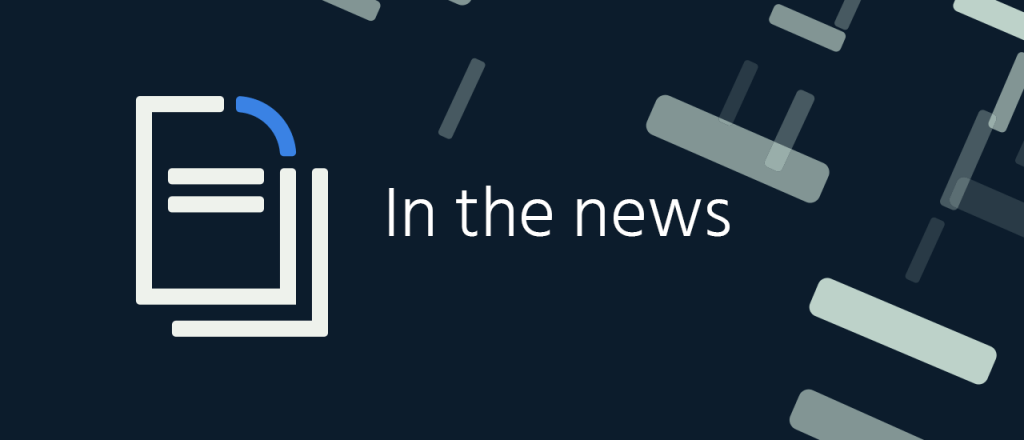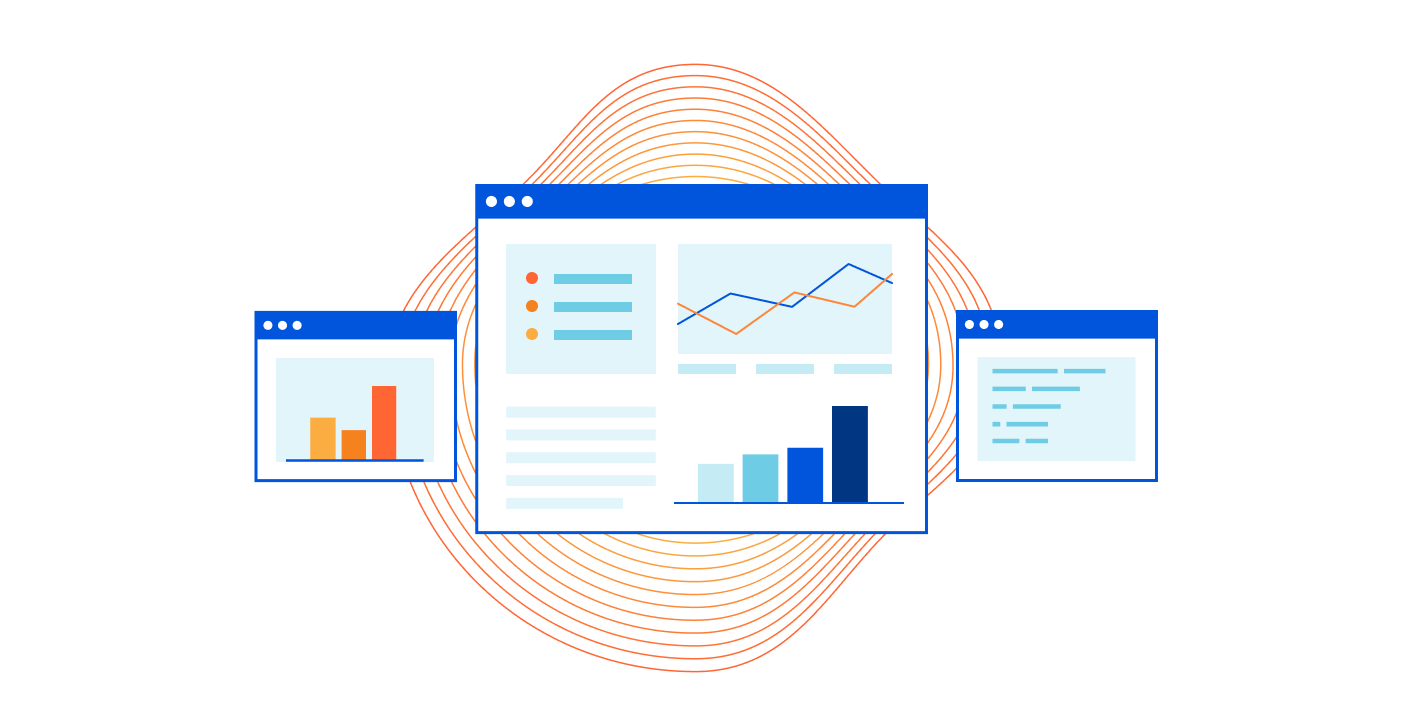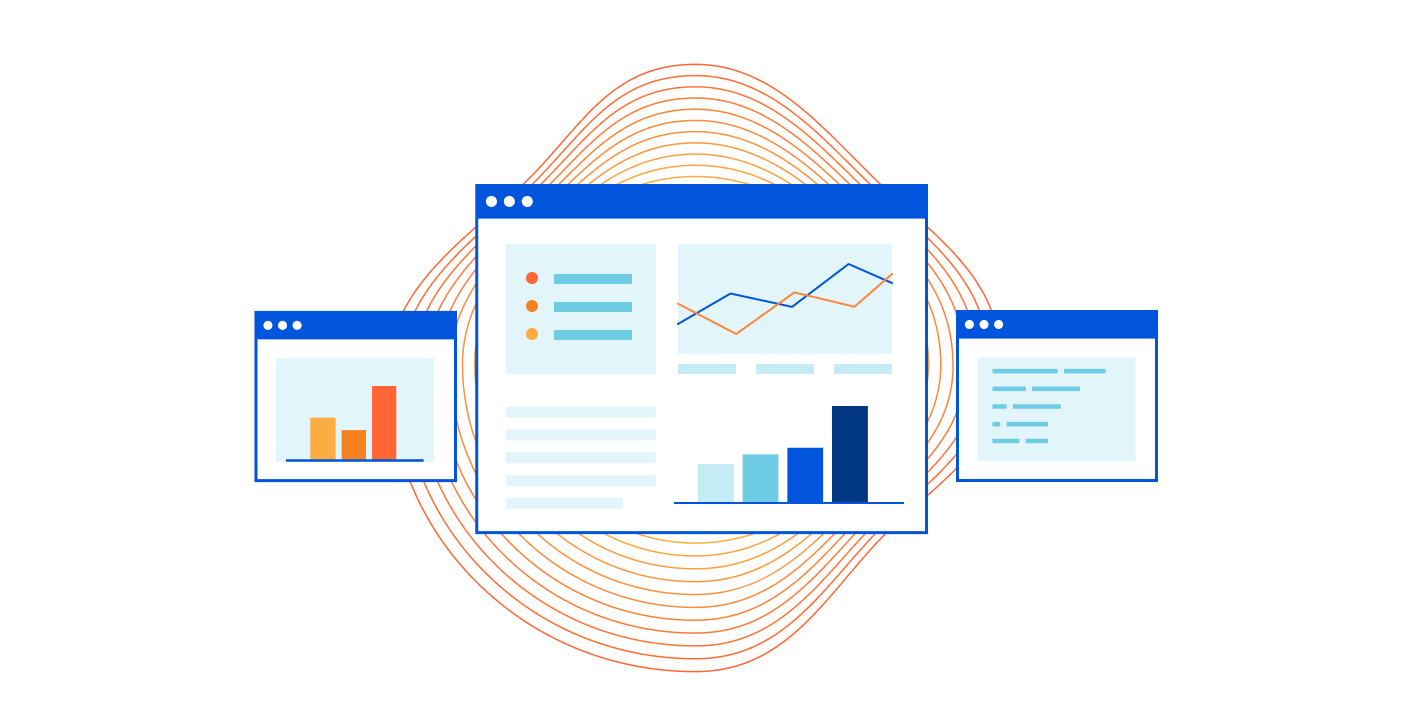Using YAML Instead of Excel in Network Automation Solutions
One of the attendees of our network automation course asked a question along these lines:
In a previous Ansible-based project I used Excel sheet to contain all relevant customer data. I converted this spreadsheet using python (xls_to_fact) and pushed the configurations to network devices accordingly. I know some people use YAML to define the variables in Git. What would be the advantages of doing that over Excel/xsl_to_fact?
Whenever you’re choosing a data store for your network automation solution you have to consider a number of aspects including:
Using YAML Instead of Excel in Network Automation Solutions
One of the attendees of our network automation course asked a question along these lines:
In a previous Ansible-based project I used Excel sheet to contain all relevant customer data. I converted this spreadsheet using python (xls_to_fact) and pushed the configurations to network devices accordingly. I know some people use YAML to define the variables in Git. What would be the advantages of doing that over Excel/xsl_to_fact?
Whenever you’re choosing a data store for your network automation solution you have to consider a number of aspects including:
Network Validation
What does Network Validation mean practically? Of course, there’s no official description of what it means, but we can talk about what we would like it to mean so that it can be useful. What we are trying to get to is a network that is trustworthy. If the business...The Quest for the Holy Grail of Automation
Automation drives down costs, improves agility, and makes new business models practical, with a potential upside of a more than tenfold improvement in efficiency.Cisco SD-WAN: vManage, vBond, and vMSmart On-Prem Installation Process.
Introduction
This section explains the process how to build an on-prem Cisco Viptela based SD-WAN control plane system. It starts by setting up an enterprise Certificate Server using the Cisco CSR1000V cloud router. Next, it goes through the process of root certificate generation. The rest of the chapter explains the initial configuration and certification installation processes from vManage, vBond, and vSmart viewpoints.
 |
| Figure 1-1: Control-Plane Components Topology. |
Automate SD-WAN Connections To AWS With Palo Alto Networks Prisma SD-WAN
Palo Alto Networks CloudBlades and AWS Transit Gateway Connect can automate the setup of SD-WAN networks from branch offices to the public cloud. Here's how.
The post Automate SD-WAN Connections To AWS With Palo Alto Networks Prisma SD-WAN appeared first on Packet Pushers.
Complexity Bites Back

What percentage of business-impacting application outages are caused by networks? According to a recent survey by the Uptime Institute, about 30% of the 300 operators they surveyed, 29% have experienced network related outages in the last three years—the highest percentage of causes for IT failures across the period.
A secondary question on the survey attempted to “dig a little deeper” to understand the reasons for network failure; the chart below shows the result.
We can be almost certain the third-party failures, if the providers were queried, would break down along the same lines. Is there a pattern among the reasons for failure?
Configuration change—while this could be somewhat managed through automation, these kinds of failures are more generally the result of complexity. Firmware and software failures? The more complex the pieces of software, the more likely it is to have mission-impacting errors of some kind—so again, complexity related. Corrupted policies and routing tables are also complexity related. The only item among the top preventable causes that does not seem, at first, to relate directly to complexity is network overload and/or congestion problems. Many of these cases, however, might also be complexity related.
The Uptime Institute draws this same lesson, though Continue reading
Tech Bytes: How Palo Alto Networks Differentiates Prisma SD-WAN (Sponsored)
Palo Alto Networks sponsors today's Tech Bytes. We drill into key differentiators of the Prisma SD-WAN platform including its use of machine learning, the unique CloudBlades offering, and its app-defined approach to path selection and policy enforcement. Our guest from Palo Alto Networks is Rohan Grover, Senior Director of Product Management.
The post Tech Bytes: How Palo Alto Networks Differentiates Prisma SD-WAN (Sponsored) appeared first on Packet Pushers.
Tech Bytes: How Palo Alto Networks Differentiates Prisma SD-WAN (Sponsored)
Palo Alto Networks sponsors today's Tech Bytes. We drill into key differentiators of the Prisma SD-WAN platform including its use of machine learning, the unique CloudBlades offering, and its app-defined approach to path selection and policy enforcement. Our guest from Palo Alto Networks is Rohan Grover, Senior Director of Product Management.Roundtable: Key IT Lessons Learned from 30 Years of the Evolving Enterprise WAN
I’ll be joining Jeff Tantsura, Nick Buraglio, and Brooks Westbrook for a roundtable on March 16, 9 am PST (that’s tomorrow if you’re reading this the day it publishes) about the development of wide area networking technologies up until today. This is the first part of a two part series on changes in the wide area network.
Network Break 324: Cisco ASIC Hits 25.6Tbps; AWS Extends VPC Flow Logs For Better Visibility
This week's Network Break discusses new ASICs from Cisco, new metadata fields in AWS VPC flow logs, a cloud visibility fabric from packet broker specialist Gigamon, lessons from a data center fire, and more tech news.Network Break 324: Cisco ASIC Hits 25.6Tbps; AWS Extends VPC Flow Logs For Better Visibility
This week's Network Break discusses new ASICs from Cisco, new metadata fields in AWS VPC flow logs, a cloud visibility fabric from packet broker specialist Gigamon, lessons from a data center fire, and more tech news.
The post Network Break 324: Cisco ASIC Hits 25.6Tbps; AWS Extends VPC Flow Logs For Better Visibility appeared first on Packet Pushers.
The Week in Internet News: Berners-Lee Warns of Growing Digital Divide

A big divide: Tim Berners-Lee, inventor of the World Wide Web, says the digital divide has grown during the COVID-19 pandemic, the BBC reports. He called on governments to provide universal broadband by 2030 in his annual letter marking the anniversary of the Web. About one-third of young people do not have Internet access and many more people lack connections that are good enough to allow them to work or learn from home.
Spy vs. spy: Hackers have breached surveillance camera data collected by Silicon Valley startup Verkada and gained access to live feeds of 150,000 security cameras inside hospitals, companies, police departments, prisons, and schools, Bloomberg reports. Live cameras inside Tesla factories, women’s health clinics, and psychiatric hospitals were also breached. The breach exposed the reach of surveillance, the Washington Post suggested, with one expert saying that “our desire for some fake sense of security is its own security threat.”
Drones to the rescue: A Wisconsin company is working on a way to use drones to provide reliable cellular service and Internet access to a rural area of the state, Wisconsin Public Radio reports. About 15 percent of the Northland Pine School District’s 1,340 students have no Continue reading
Musing: 5G, Bandwidth per User and Broadband
 There is bandwidth and bandwidth
There is bandwidth and bandwidth
Enhancing privacy-focused Web Analytics to better meet your metrics needs


Last December we opened up our brand new privacy-first Web Analytics platform to everyone. Today, we’re excited to announce the release of three of the most requested features: adding multiple websites to an account, supporting Single-page Applications (SPA) as well as showing Core Web Vitals in Web Analytics.
Bringing privacy-first analytics to everyone
Since we launched two months ago, we’ve received a lot of feedback from our users. We are really happy that we are able to provide our privacy-first analytics to so many of you.
Popular analytics vendors have business models driven by ad revenue. Using them implies a bargain: they track visitor behavior and create buyer profiles to retarget your visitors with ads; in exchange, you get free analytics.
Our mission is to help build a better Internet, and part of that is to deliver essential web analytics to everyone with a website without compromising user privacy. We’ve never been interested in tracking users or selling advertising. We don’t want to know what you do on the Internet — it’s not our business.
You now can measure multiple sites
When we launched Web Analytics, each account was only able to measure one website. We are happy to announce Continue reading
